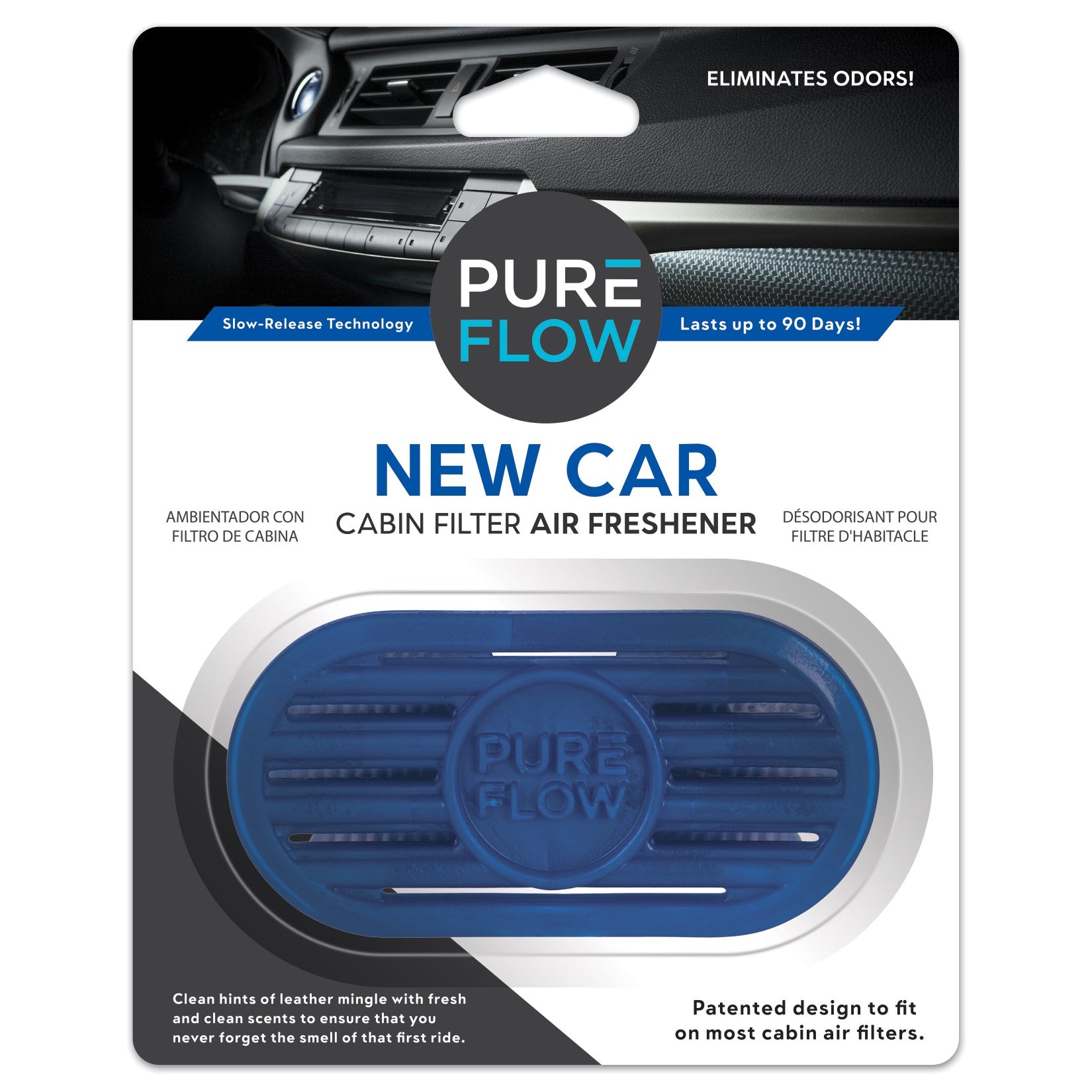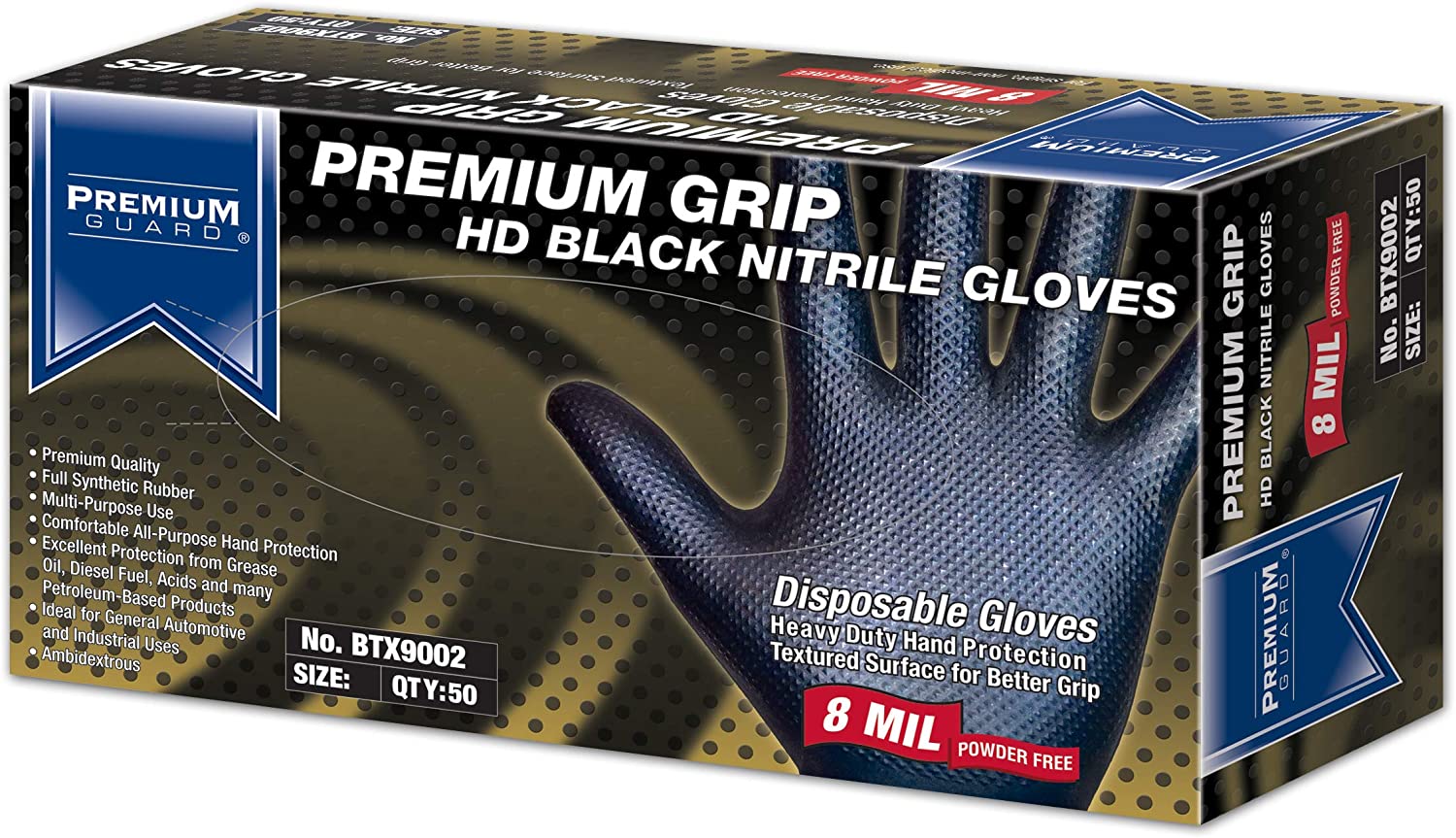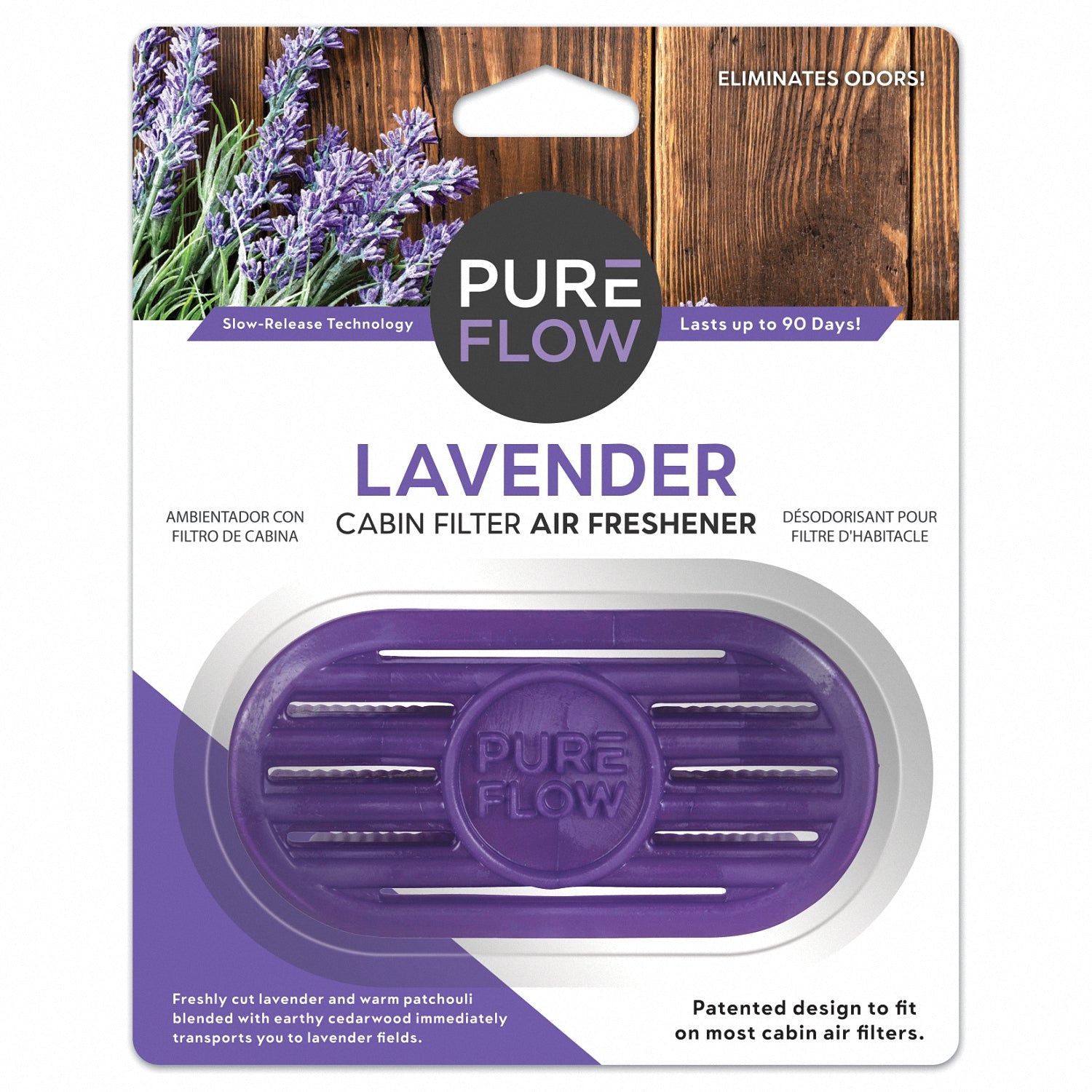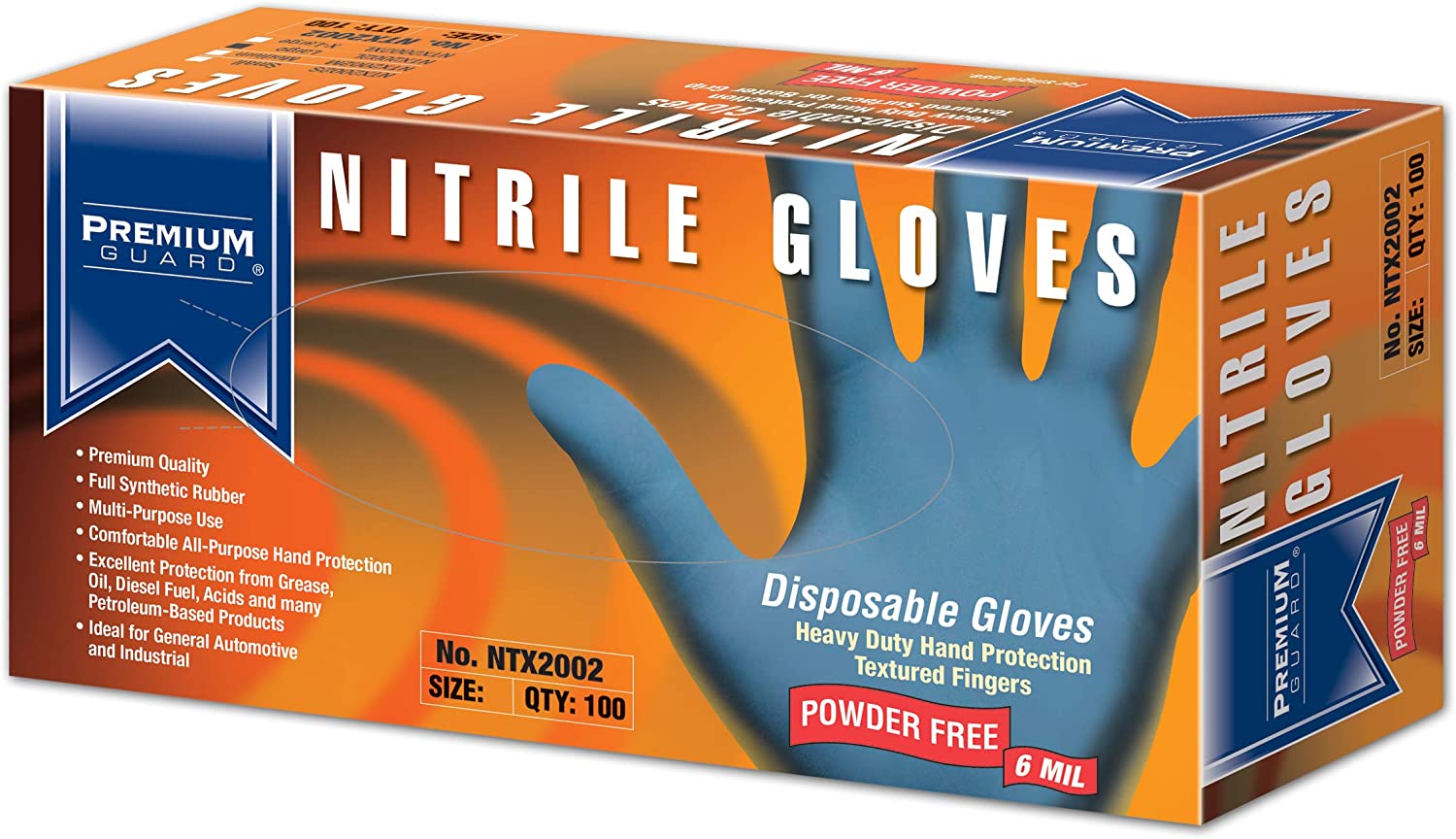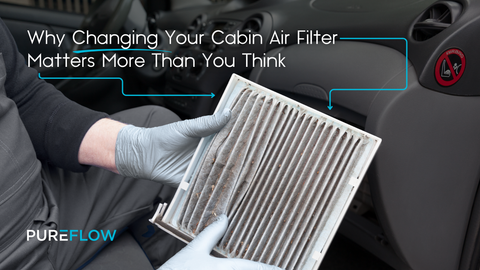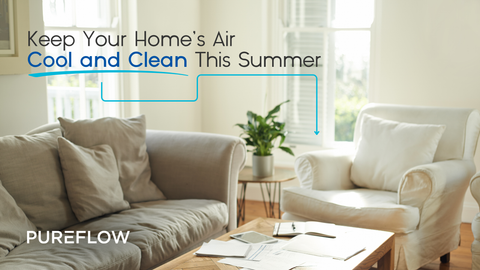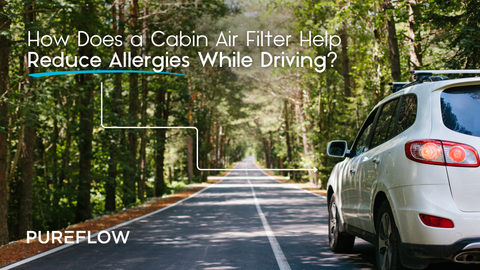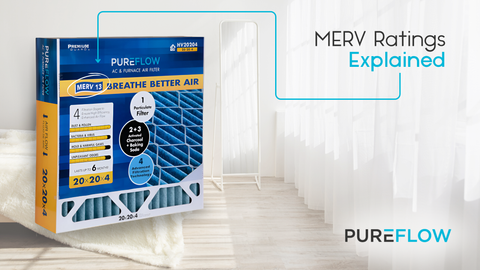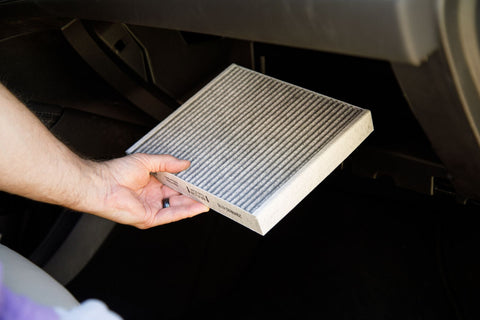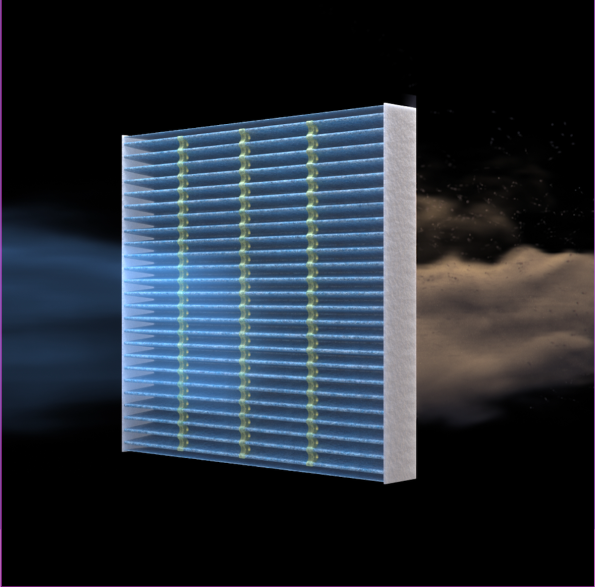Spring brings blooming flowers, sunshine, and...pollen. This microscopic dust might be harmless to plants, but for allergy sufferers, it can trigger itchy eyes, sniffles, and a general feeling of misery. And guess what? Your car isn't immune to this pollen invasion.
But fear not! There's a simple solution to keep that springtime pollen at bay: a clean cabin air filter. Let's delve into how this unsung hero protects you and your car, along with some additional tips for a pollen-free driving experience.
Your Cabin Air Filter: A Silent Guardian
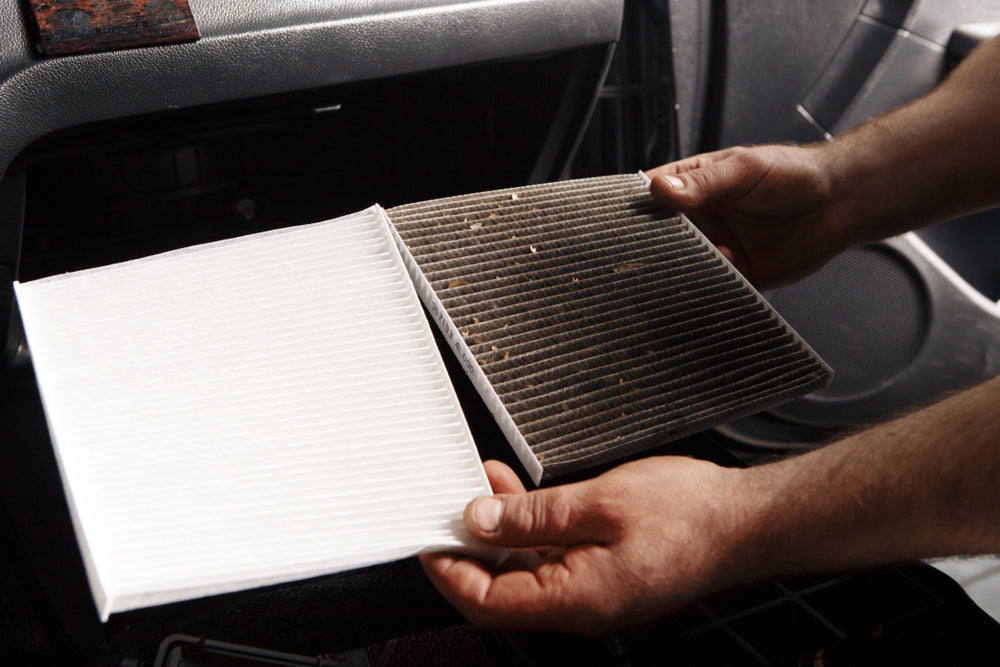
Most cars manufactured after 2000 come equipped with a cabin air filter. Tucked away, often behind the glove compartment, this filter acts as a barrier, preventing harmful airborne particles like pollen, dust, smoke, and even exhaust fumes from entering your car's ventilation system.
Here's how it works: As fresh air enters your car through the vents, it passes through the cabin air filter. The filter traps these unwanted particles, ensuring only clean air reaches the cabin. This translates to a more comfortable driving experience, especially for allergy sufferers.
Why a Clean Cabin Air Filter Matters in Spring
A clogged cabin air filter is a breeding ground for allergens. Pollen trapped in the filter can build up, releasing allergens back into the car with every gust of wind or blast from the air conditioner. This not only negates the filter's purpose but can also worsen allergy symptoms.
A clean cabin air filter, on the other hand, effectively traps pollen before it enters the car. This translates to:
- Reduced allergy symptoms: By keeping pollen out, you'll experience fewer allergy triggers, leading to a more comfortable drive.
- Improved air quality: A clean filter removes dust, smoke, and other pollutants, ensuring you breathe cleaner air inside your car.
- Better airflow: A clogged filter restricts airflow, making your car's heating and air conditioning system work harder. A clean filter ensures optimal airflow for better comfort control.
- Reduced wear and tear: A clogged filter can put a strain on the HVAC system. Replacing the filter regularly helps maintain the system's efficiency and longevity.
Keeping Your Cabin Air Filter Clean
The key to enjoying the benefits of a cabin air filter is to replace it regularly. Here's what you need to know:
- Replacement frequency: Consult your car's owner's manual for the recommended replacement schedule. Generally, it's recommended to change the cabin air filter every 12,000 to 15,000 miles or once a year, whichever comes first. However, if you drive in areas with high pollen counts, you might need to replace it more frequently.
- Signs of a clogged filter: Reduced airflow, bad odors coming from the vents, and worsening allergy symptoms inside the car can all indicate a clogged cabin air filter.
- Replacing the filter: Replacing the cabin air filter is a relatively simple DIY project for many cars. You can find replacement filters online at www.pureflowair.com or at auto parts stores. Consult your car's manual or search online tutorials for specific instructions on how to replace the filter in your vehicle.
Beyond the Filter: Additional Tips for a Pollen-Free Drive
A clean cabin air filter is a great first step, but here are some additional tips to minimize pollen intrusion and keep your car allergy-friendly:
- Keep your windows closed: This might seem obvious, but it's worth mentioning. Especially during peak pollen times (usually early mornings and evenings), keep your windows closed and rely on the car's ventilation system.
- Use recirculation mode: Your car's air conditioning system might have a recirculation mode. This mode re-circulates the air already inside the car, minimizing the intake of fresh (and potentially pollen-laden) air.
- Park in a garage or shaded area: Park your car in a garage or under shade whenever possible. This helps prevent pollen from settling on your car's exterior, which can then be tracked inside.
- Wash your car regularly: Regularly washing your car removes pollen from the exterior before it has a chance to get inside.
- Vacuum often: Pollen can settle on your car's interior carpets and upholstery. Vacuum your car regularly, paying close attention to crevices and floor mats.
- Change clothes when you get home: Pollen can cling to your clothes. Taking off your outer layer and changing clothes as soon as you get home helps prevent tracking pollen further into your living space.
Key Takeaways
Spring doesn't have to be a season of sniffles and itchy eyes. With a clean cabin air filter and some proactive measures, you can create a pollen-free haven inside your car and enjoy the beauty of spring.




